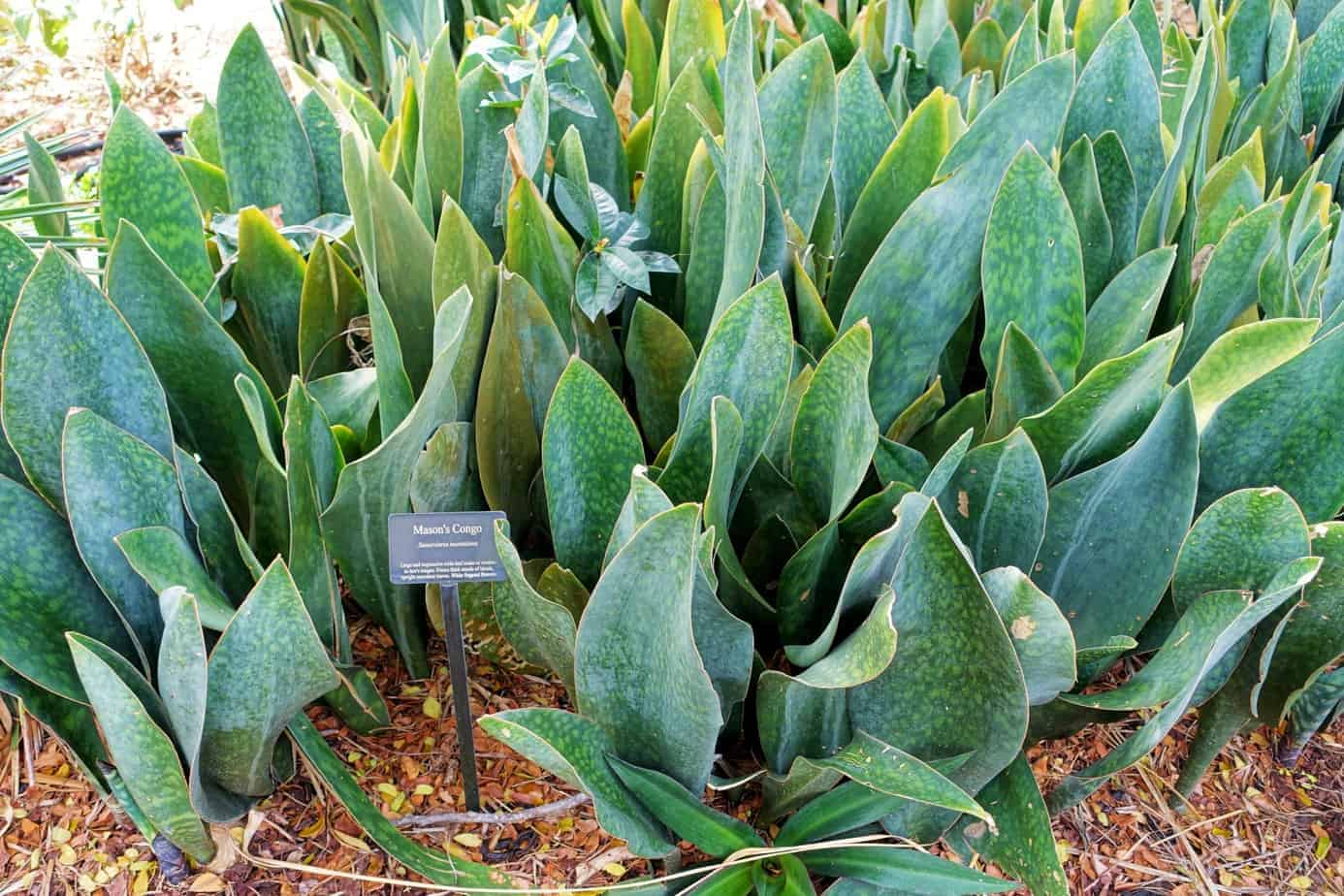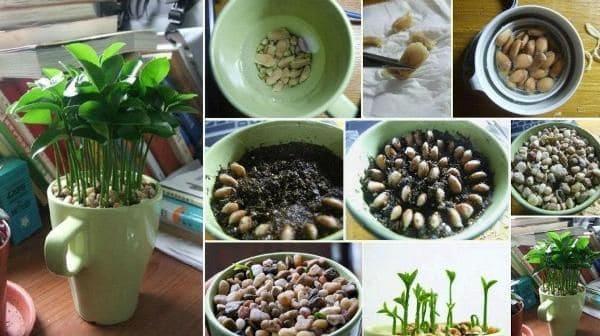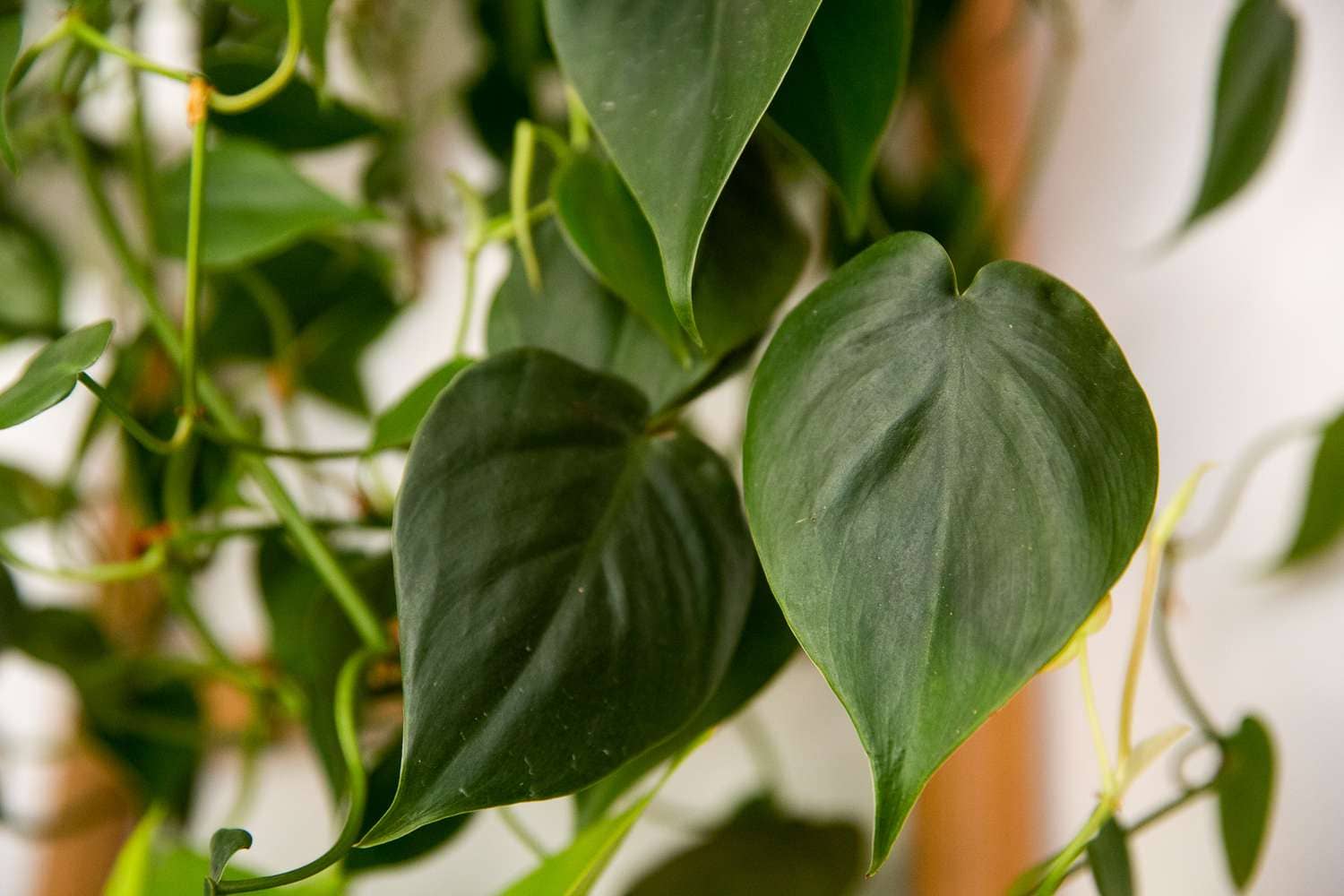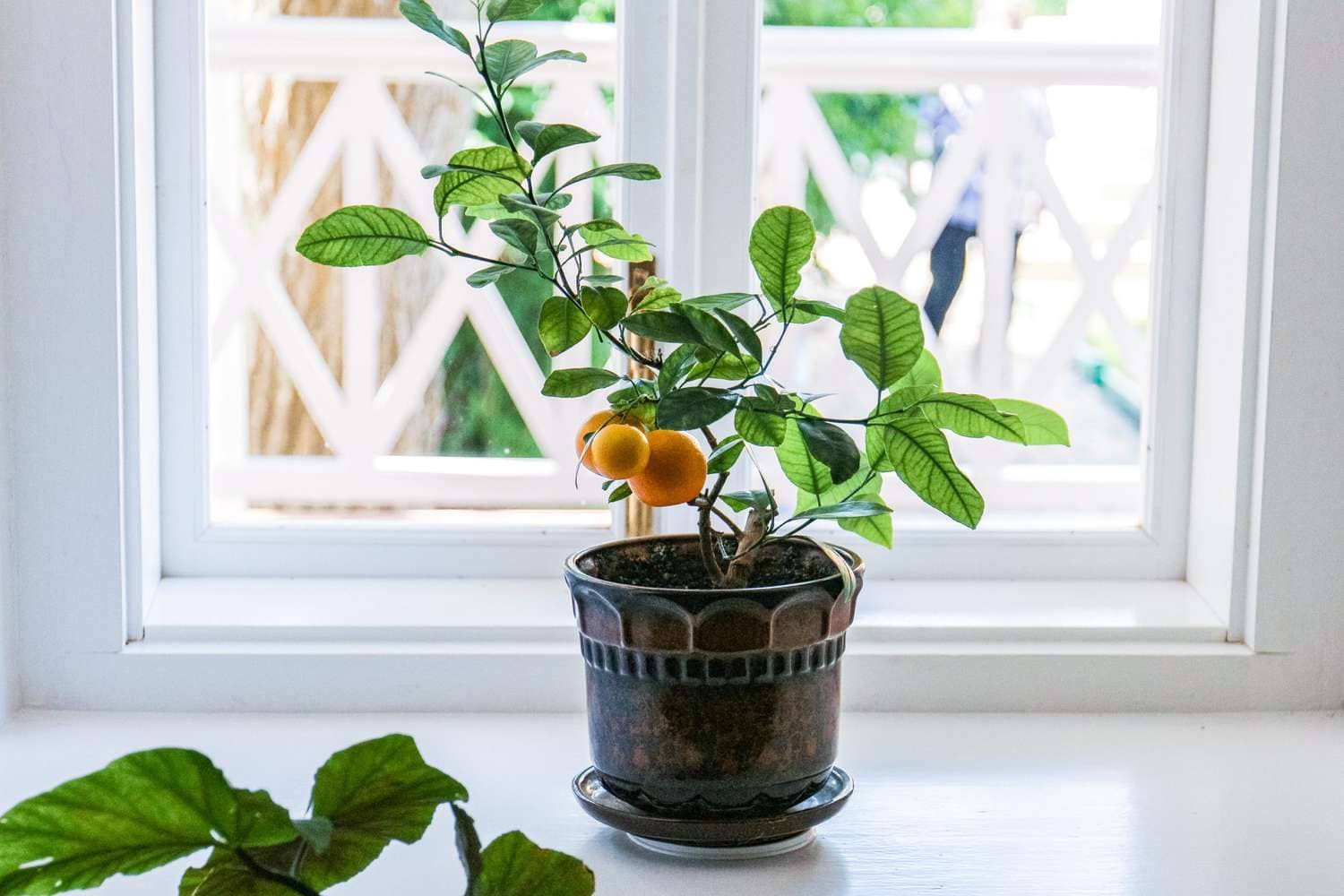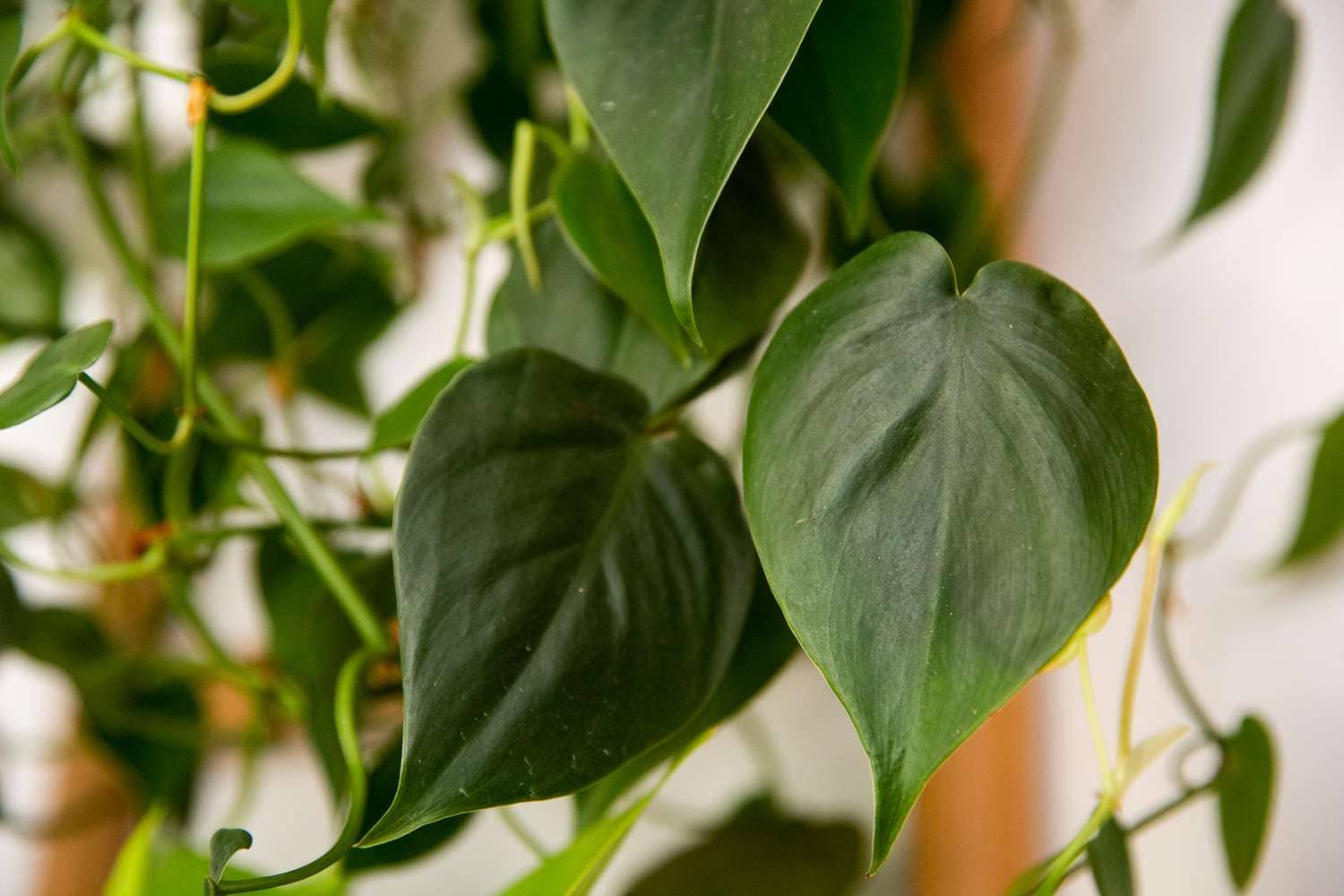In the realm of succulent enthusiasts, the Whale Fin Plant, scientifically known as Haworthiopsis attenuata ‘Curly Locks’, stands out as a captivating and distinctive specimen. With its striking resemblance to the majestic flukes of a whale, this succulent cultivar has captured the hearts of plant lovers worldwide. Exploring the allure of the Whale Fin Plant reveals not only its remarkable appearance but also its resilience, low-maintenance care requirements, and versatility in indoor and outdoor settings.
Introducing the Whale Fin Plant
The Whale Fin Plant, a member of the Haworthiopsis genus within the larger family of Asphodelaceae, is renowned for its eye-catching foliage and architectural beauty. Characterized by thick, fleshy leaves arranged in a rosette pattern, this succulent features unique ridges and undulations that evoke the graceful contours of a whale’s fin. Its distinctive appearance adds a touch of whimsy and intrigue to any plant collection or garden landscape.
Cultivation and Care Guide
One of the most appealing aspects of the Whale Fin Plant is its ease of care, making it an ideal choice for both novice and experienced gardeners. To thrive, this succulent requires well-draining soil with a gritty texture to prevent waterlogged conditions that can lead to root rot. Provide bright, indirect light or partial shade, avoiding prolonged exposure to intense sunlight which can cause leaf burn. Water sparingly, allowing the soil to dry out between waterings to prevent overwatering and maintain healthy roots.
Resilience and Adaptability
As native to the arid regions of South Africa, the Whale Fin Plant has evolved to withstand challenging growing conditions, including drought and fluctuating temperatures. Its ability to store water in its leaves enables it to survive extended periods of drought, making it an excellent choice for xeriscaping and water-wise gardening. Furthermore, its compact size and shallow root system make it well-suited for container cultivation, allowing it to thrive in a variety of indoor and outdoor environments.
Design and Décor Inspiration
Beyond its practical benefits, the Whale Fin Plant adds a touch of elegance and sophistication to interior and exterior spaces with its sculptural form and textural foliage. Whether displayed as a standalone accent or incorporated into succulent arrangements and terrariums, its unique appearance creates visual interest and serves as a conversation starter. Pair it with other drought-tolerant plants and decorative containers to create captivating displays that enhance the beauty of patios, balconies, and living spaces.
Propagation and Maintenance Tips
Propagating the Whale Fin Plant is relatively straightforward and offers an opportunity to expand your succulent collection or share cuttings with friends and fellow enthusiasts. Offsets, or “pups,” can be carefully removed from the base of the mother plant and potted in well-draining soil to encourage root development. Maintain regular maintenance by removing dead or yellowing leaves, repotting as needed, and monitoring for signs of pests or disease to ensure the health and vitality of your Whale Fin Plant.
Conclusion
In the world of succulents, the Whale Fin Plant stands out as a testament to nature’s creativity and resilience. With its distinctive appearance, low-maintenance care requirements, and versatility in design, this captivating succulent has earned its rightful place as a beloved addition to gardens, homes, and collections worldwide. Whether adorning a sunny windowsill, embellishing a rock garden, or accentuating a minimalist interior, the Whale Fin Plant continues to inspire awe and admiration with its majestic beauty and enduring charm. Embrace the allure of this unique succulent and elevate your space with its graceful presence and whimsical elegance.

